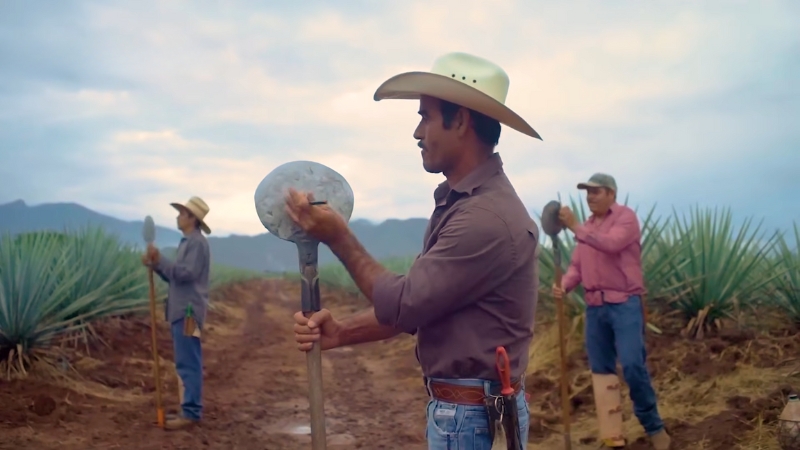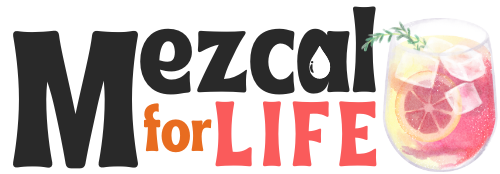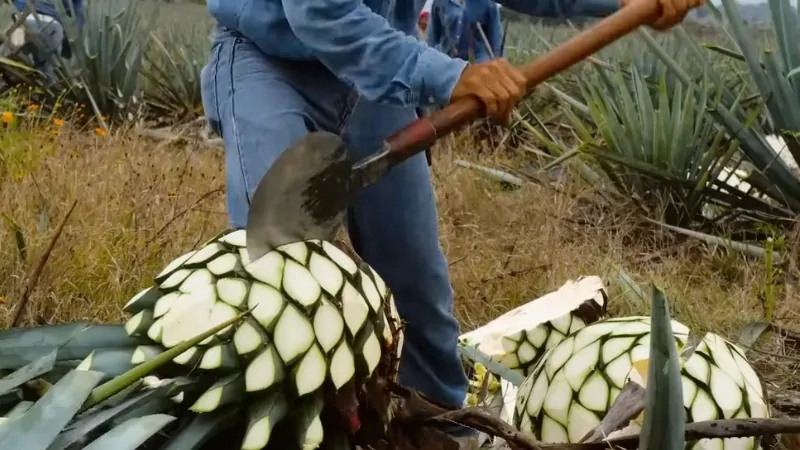Harvesting agave isn’t just about chopping down a plant. It’s an art, a tradition, and, most importantly, hard work. Anyone who has ever watched a jimador—the skilled harvester of agave—knows it’s more than just manual labor.
Every motion, every cut, every turn of the wrist carries years of experience. At the center of it all? The coa de jima.
A simple tool at first glance—a long wooden or metal handle with a circular, razor-sharp blade at the end. But don’t let its appearance fool you. This tool is the backbone of tequila and mezcal production. Without it, harvesting agave efficiently would be near impossible.
Why Is It So Important?

Harvesting agave requires precision. The leaves (or pencas) must be removed cleanly, leaving behind the core or piña. That’s where the magic happens—where the sugars needed for fermentation are concentrated.
Jimadores use the coa with a rhythmic motion, cutting away thick, spiny leaves, and exposing the heart of the plant. A wrong move can mean wasted agave or, worse, an injury. Mastery over the coa isn’t just about efficiency—it’s about safety, respect for the plant, and honoring a craft passed down through generations.
The Evolution of the Coa
Though the coa has remained largely unchanged, materials have improved over time. Some still prefer the traditional wooden handle, while others opt for reinforced metal versions for better durability.
The blade itself has also seen refinements, with high-carbon steel providing sharper, longer-lasting edges. Regardless of minor advancements, its core function remains the same—removing agave leaves with precision and care.
Skills Required to Wield a Coa
@ajoalsofficial Watch Antonio, a master in his craft carving up a fresh Agave. Learned a few things today… the agave pina sits almost on top of the soil (not very deep at all) and the inside of an agave is dense similar to jicama not full of liquid like I assumed. After almost 10 years of waiting this Pina is now ready to be cooked #t#tequilat#tequilajaliscoa#agaveplanta#agavea#agavelove ♬ original sound – Ajo Als
Using the coa isn’t as easy as it looks. It requires:
- Strength – Agave leaves are thick and fibrous. Removing them demands force and stamina.
- Technique – A clean cut minimizes waste and ensures the piña is left intact.
- Endurance – Jimadores work for hours under the sun, repeating the motion over and over.
- Respect for the process – A seasoned harvester treats the agave plant with care, ensuring nothing goes to waste.
The Jimador’s Role in Agave Culture
A jimador’s job isn’t just about harvesting—it’s about carrying on a legacy. Many start young, learning from their fathers or grandfathers.
The bond between a jimador and his coa is one of trust and familiarity. Over time, the weight and feel of the tool become second nature, an extension of their own strength and skill.
A Day in the Life of a Jimador
The sun hasn’t even fully risen, yet the fields are alive with movement. Jimadores begin their day early to avoid the full force of the midday heat. With their coas in hand, they move swiftly, cutting away leaves and revealing the piñas beneath.
Each piña is inspected carefully—harvesting too soon or too late can impact the quality of the final product. Once enough agave has been processed, the piñas are loaded onto trucks, ready to be taken to distilleries where they’ll undergo roasting, fermentation, and distillation.
The Coa’s Symbolism in Tequila and Mezcal Production
While the coa is primarily a tool, it represents much more than that. It embodies:
- Dedication – The commitment to ensuring every plant is harvested with care.
- Tradition – The passing down of knowledge from generation to generation.
- Craftsmanship – The ability to use a simple tool with incredible precision and skill.
- Respect for the land – Agave takes years to mature, and harvesting it responsibly is crucial to sustainability.
Agave Harvesting in a Modern World
With technology advancing rapidly, some parts of tequila and mezcal production have become more automated. Yet, the harvesting process remains largely unchanged. Machines struggle to replicate the finesse of a skilled jimador, making the coa as relevant today as it was centuries ago.
That being said, sustainability is a growing concern. With global demand for agave spirits increasing, overharvesting has become an issue. Many distilleries are now investing in sustainable practices, ensuring agave is grown and harvested responsibly, preserving the land for future generations.
The Coa’s Lasting Legacy
View this post on Instagram
For generations, the coa has remained a symbol of craftsmanship in agave harvesting. Jimadores pass down their knowledge to younger generations, ensuring the tradition stays alive. Unlike machines, which may someday automate parts of the process, the coa keeps the human touch in an industry rooted in heritage.
It represents more than just function—it’s an extension of the harvester’s arm. The way it slices through an agave plant reflects the skill of the person holding it. It tells a story of long hours, generations of tradition, and a deep connection to the land.
Next time you sip on a well-crafted tequila or mezcal, think about the hands that shaped it, the tool that made it possible, and the centuries of expertise behind every bottle. The coa de jima isn’t just steel and wood—it’s history, culture, and passion forged into a single blade.

